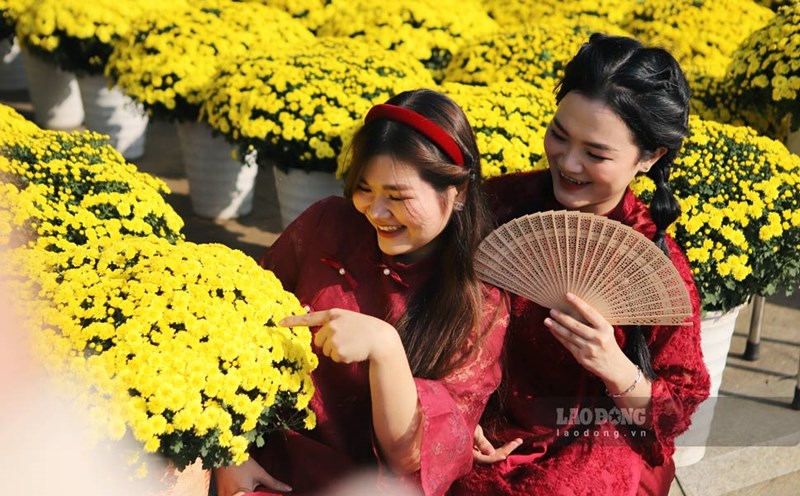Metric – a platform specializing in measuring e-commerce data has just announced a remarkable statistic on sales of traditional costumes - Ao Dai during this year's Tet season.
Accordingly, sales on online shopping platforms including Shopee and TikTok Shop reached 198.6 billion VND in 1 month, from December 20, 2024 to January 19, 2025.
In addition, data recorded from November 30, 2024 - January 19, 2025 shows that the peak time for buying Ao Dai is the last 2 weeks of the survey period.
In terms of segment, the 200-350 thousand VND design generated the largest revenue of 106 billion VND. Next, products priced at 150-200 thousand VND brought in revenue of 21 billion VND.
This is a fairly large number, compared to the Tet season of 2024 - just over 41.1 billion VND on 4 platforms Shopee, Lazada, Tiki and Sendo. This level increased by about 6% compared to the same period last year - also according to Metric statistics.
Statistics with cumulative numbers show that the demand for shopping for Ao Dai - traditional costumes of people during Tet in the past 3 years has always been higher year after year.
And these numbers are good news, once again affirming the strong vitality of traditional costumes, continuing to light up hope for the construction of Ao Dai to become a key product of the creative industry, the inherent cultural industry of Vietnam.
However, that joy is still not complete because it is easy to see that the current market is leaning towards the low-cost, industrial production segment.
Meanwhile, the high-quality traditional ao dai segment – with good fabric, meticulous hand-crafted motifs and patterns, sophisticated seams and a price of several million VND per set – has not yet risen to dominate the market share.
This shows that the Ao Dai, up to this point, is still a temporary need following the Tet trend, not a sustainable need of the people. And most people still do not have much awareness of respecting traditional costumes.
This situation shows that the cultural sector and responsible agencies must further promote the cultural value and quality of traditional ao dai, as well as make efforts together to elevate the ao dai, so that this product both meets the tastes and sustainably preserves Vietnamese values.
Craft villages and ao dai artisans also need local support to access capital, promote and train young human resources to help traditional products develop more sustainably.
At the same time, promote experiential tourism, encourage international and domestic visitors to visit Ao Dai cultural spaces and directly use tailoring and custom design services.
Promoting the development of the high-quality Ao Dai segment is not only about developing a product to serve the potential cultural industry, but also indirectly promoting and spreading the quintessence of national culture.














